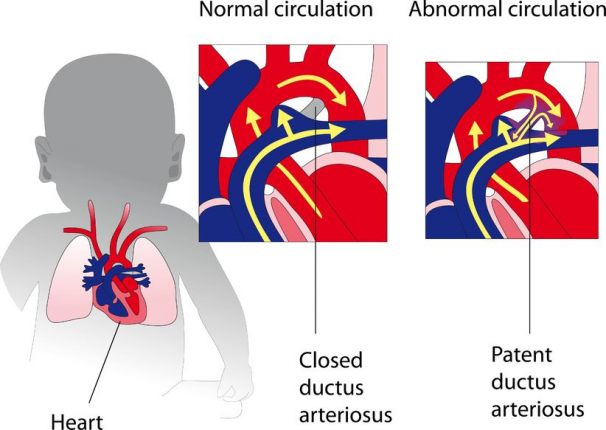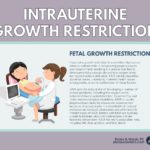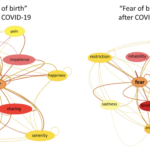Marconi E, Bettiol A, Ambrosio G, Perduca V, Vannacci A, Troiani S, Dani C, Mugelli A, Lucenteforte E.
Pharmacol Res. 2019 Aug 31:104418. doi: 10.1016/j.phrs.2019.104418. [Epub ahead of print] Review.PMID: 31479749
Efficacy and safety profiles of different pharmacological interventions used to treat patent ductus arteriosus (PDA) are relatively unexplored. Integrating the findings of randomized clinical trials (RCTs) with those from observational studies may provide key evidence on this important issue. We aimed at estimating the relative likelihood of failure to close the PDA, need for surgical closure, and occurrence of adverse events among preterm and full-term infants treated with indomethacin, ibuprofen, or acetaminophen, placebo, or no treatment including both RCTs and observational studies. We searched PubMed, Embase, and the Register of Controlled Trials from inception to October 30, 2018. We first estimated proportions of subjects with failure to close the PDA, subjects in whom surgical closure was performed after pharmacological treatment, death, and subjects with selected adverse events (AEs). These estimates were obtained using frequentist random-effect meta-analysis of arm-specific proportions. We then compared active drugs with each other and with control (either placebo or no treatment) by summarizing results at the end of treatment reported in the papers, regardless of number of administration(s), dose, route and type of administration, and study design and quality. We also summarized primary outcome results separately at first, second and third cycles of treatment. These estimates were obtained using Bayesian random-effects network meta-analysis for mixed comparisons, and frequentist random-effect pairwise meta-analysis for direct comparisons. We included 64 RCTs and 24 observational studies including 14,568 subjects (5339 in RCTs and 9229 in observational studies, 8292 subjects received indomethacin, 4761 ibuprofen, 574 acetaminophen, and 941 control (including placebo or no intervention).The proportion of subjects with failure to close the PDA was 0.24 (95% Confidence Interval, CI: 0.20, 0.29) for indomethacin, 0.18 (0.14, 0.22) for ibuprofen, 0.19 (0.09, 0.30) for acetaminophen, and 0.59 (0.48, 0.69) for control. At end of treatment, compared to control, we found inverse associations between all active drugs and failure to close PDA (for indomethacin Odds Ratio, OR, was 0.17 [95% Credible Interval, CrI: 0.11-0.24], ibuprofen 0.19 [0.12-0.28], and acetaminophen 0.15 [0.09-0.26]), without differences among active drugs. We showed inverse associations between effective drugs and need for surgical closure, as compared to control (for indomethacin OR was 0.28 [0.15-0.50], ibuprofen 0.30 [0.16-0.54], and acetaminophen 0.19 [0.07-0.46]), without differences among drugs. Indomethacin was directly associated with intraventricular hemorrhage (IVH) (1.27; 1.00, 1.62) compared to ibuprofen, and to oliguria as compared to ibuprofen (3.92; 1.69, 9.82) or acetaminophen (10.8; 1.86, 93.1). In conclusion, active pharmacological treatment, with indomethacin, ibuprofen, or acetaminophen, is inversely associated with failure to close the PDA compared to non-treatment. Ibuprofen should be preferred to indomethacin to avoid occurrence of IVH or oliguria, acetaminophen should be preferred to indomethacin to avoid oliguria.



